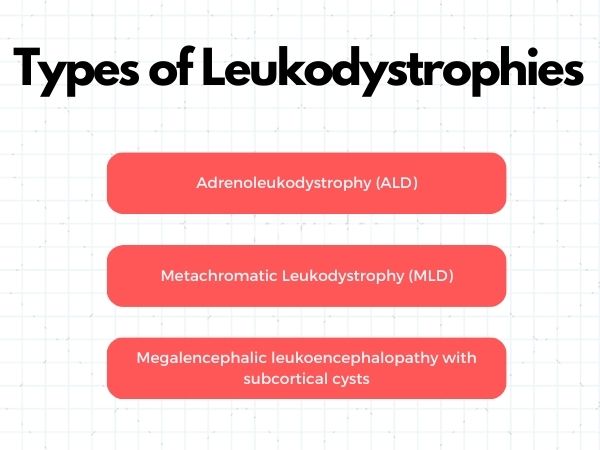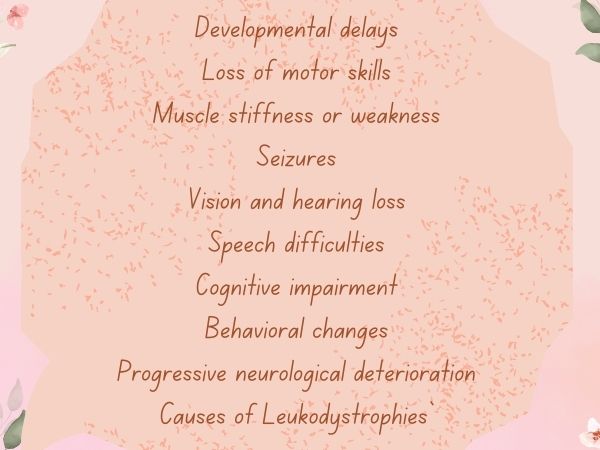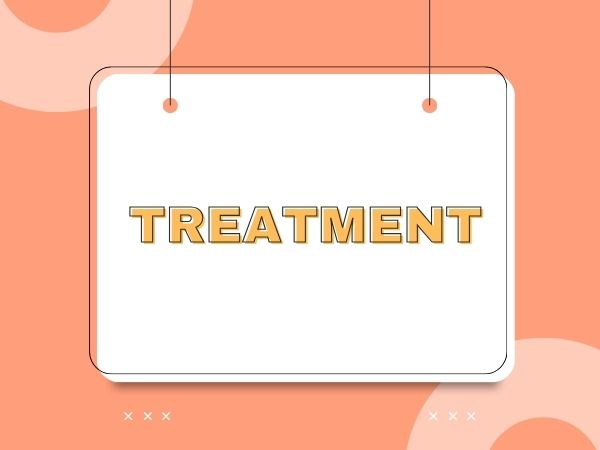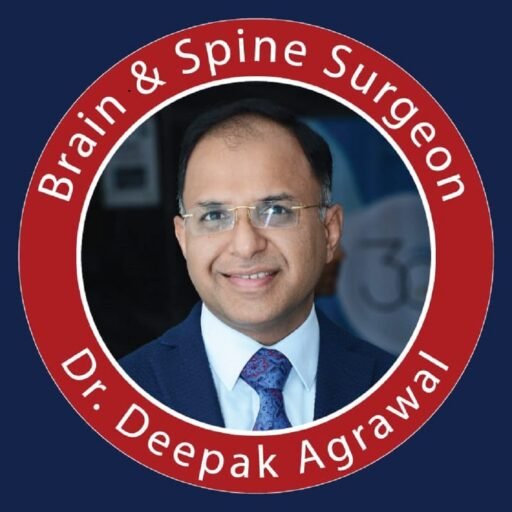Topics
Table of Contents
Leukodystrophies are a group of rare genetic disorders that primarily affect the white matter of the brain and spinal cord. They are characterized by the abnormal development or destruction of myelin, the fatty substance that surrounds and insulates nerve fibers, allowing for efficient transmission of nerve impulses. These disorders can lead to a variety of neurological problems and can significantly impact the quality of life of affected individuals. In this article, we will explore the types, signs, symptoms, causes, prevention, treatment, diagnosis, and potential home remedies for leukodystrophies.
Types of Leukodystrophies

There are over 50 different types of leukodystrophies, each with its own specific genetic mutation and clinical presentation. Some common types include:
- Adrenoleukodystrophy (ALD): ALD is one of the most well-known leukodystrophies. It primarily affects males and can manifest as a childhood cerebral form, adrenomyeloneuropathy (AMN), or adrenal insufficiency.
- Krabbe Disease: Krabbe disease is caused by a deficiency of the enzyme galactocerebrosidase, leading to the destruction of myelin. Symptoms often appear in infancy and include muscle weakness, developmental delays, and vision loss.
- Metachromatic Leukodystrophy (MLD): MLD is characterized by the buildup of sulfatides in the nervous system, leading to progressive neurological deterioration. Symptoms typically appear in early childhood and may include muscle stiffness, seizures, and impaired cognitive function.
- Megalencephalic leukoencephalopathy with subcortical cysts: It is clinically characterized by macrocephaly, mild motor developmental delay, and seizures. Later in life, patients may develop a gradual onset of ataxia and pyramidal features. Mental capacities are usually preserved but there may be a mild deterioration later.
Signs and Symptoms

The signs and symptoms of leukodystrophies vary depending on the type and severity of the condition. However, common symptoms may include:
- Developmental delays
- Loss of motor skills
- Muscle stiffness or weakness
- Seizures
- Vision and hearing loss
- Speech difficulties
- Cognitive impairment
- Behavioral changes
- Progressive neurological deterioration
Causes of Leukodystrophies

Leukodystrophies are primarily caused by genetic mutations that affect the production or function of proteins involved in myelin metabolism. These mutations are typically inherited in an autosomal recessive or X-linked pattern, meaning that individuals must inherit two copies of the mutated gene (one from each parent) to develop the disorder.
Prevention
Since leukodystrophies are genetic disorders, there are currently no known methods for preventing their development. However, genetic counseling and prenatal testing can help identify carriers of the mutated genes and allow families to make informed decisions about family planning.
Treatment of Leukodystrophies

Unfortunately, there is no cure for leukodystrophies, and treatment options are limited. However, supportive care and symptom management can help improve the quality of life for affected individuals. Treatment may include:
- Physical therapy to improve mobility and muscle strength
- Occupational therapy to develop daily living skills
- Speech therapy to address communication difficulties
- Medications to manage symptoms such as seizures and muscle stiffness
- Nutritional support to maintain adequate calorie intake and prevent malnutrition
In some cases, stem cell transplantation may be considered a potential treatment option, particularly for disorders like ALD and MLD. This procedure aims to replace defective cells with healthy ones and slow the progression of the disease.
Diagnosis
Diagnosing leukodystrophies can be challenging due to their rarity and the variability of symptoms. Diagnosis typically involves a combination of clinical evaluation, imaging studies (such as MRI), and genetic testing. A thorough medical history and neurological examination are essential for identifying characteristic signs and symptoms of the disorder. Genetic testing can confirm the presence of specific mutations associated with leukodystrophies and help guide treatment and management strategies.
Home Remedies

While there are no specific home remedies for treating leukodystrophies, certain supportive measures can help improve the overall well-being of affected individuals. These may include:
- Providing a safe and stimulating environment to promote independence and mobility
- Ensuring a nutritious diet rich in vitamins and minerals to support overall health
- Engaging in activities that stimulate cognitive function and encourage social interaction
- Establishing a routine sleep schedule to promote rest and relaxation
- Seeking emotional support through counseling or support groups for both patients and caregivers
In conclusion, leukodystrophies are complex genetic disorders that present significant challenges for patients and their families. While there is currently no cure, ongoing research and advances in medical technology offer hope for improved treatments and outcomes in the future. Early diagnosis, supportive care, and multidisciplinary interventions are essential for managing symptoms and optimizing the quality of life for individuals living with leukodystrophies.
